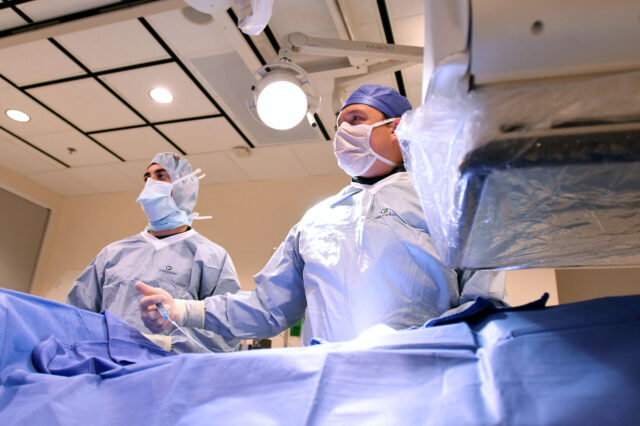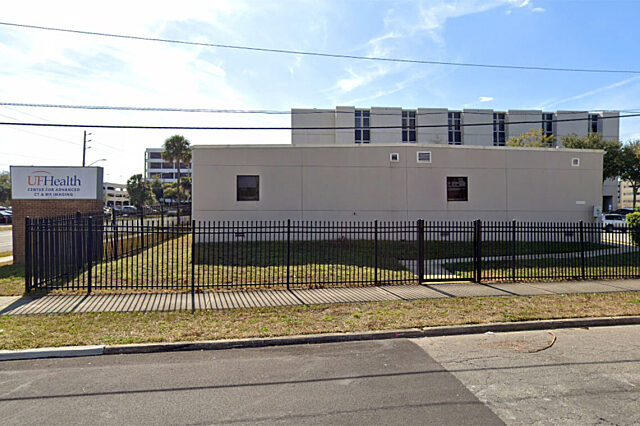High-quality care through convenient, accurate imaging services
UF Health Radiology in Jacksonville has the expertise needed to provide high-quality and accurate imaging for you, our patients. Our accomplished team is comprised of board-certified radiologists — many with formal subspecialty training — as well as radiology residents and fellows, imaging scientists, technologists, nurses and other specialty staff.
The department is a full-service, specialized team ready to meet the clinical and academic needs of UF Health Jacksonville and UF Health North.
Radiology: Why choose UF Health Jacksonville
- The focus of UF Health Radiology is quality care for you. We are committed to providing the highest level of imaging-based diagnostic and therapeutic contributions for your needs.
- Our goal is to use our radiology expertise and state-of-the-art imaging technology to optimize our results and provide our patients with the most accurate end product and thus the best possible outcome for their health care.
- We strive to enhance our work by the collaboration of experts within our department and with external clinical and/or industrial specialists. Our patients benefit today and in the future, as we incorporate our imaging-based research into the training of residents, fellows and faculty.
- You benefit from our years of focused diagnostic imaging and interventional radiology expertise, combined with employment of advanced imaging technology. Our work will provide the basis for relevant clinical and basic imaging research to serve future generations.











